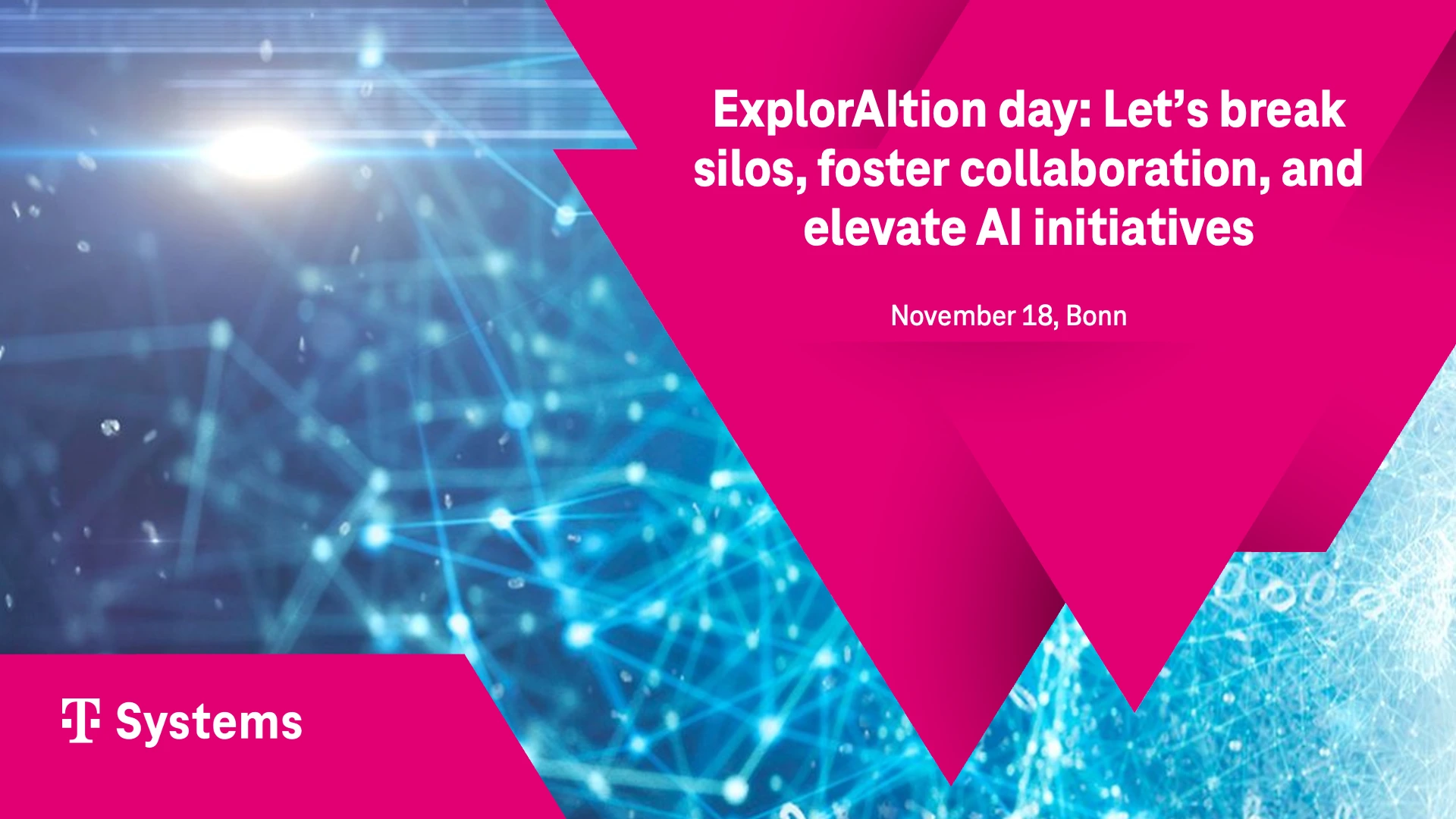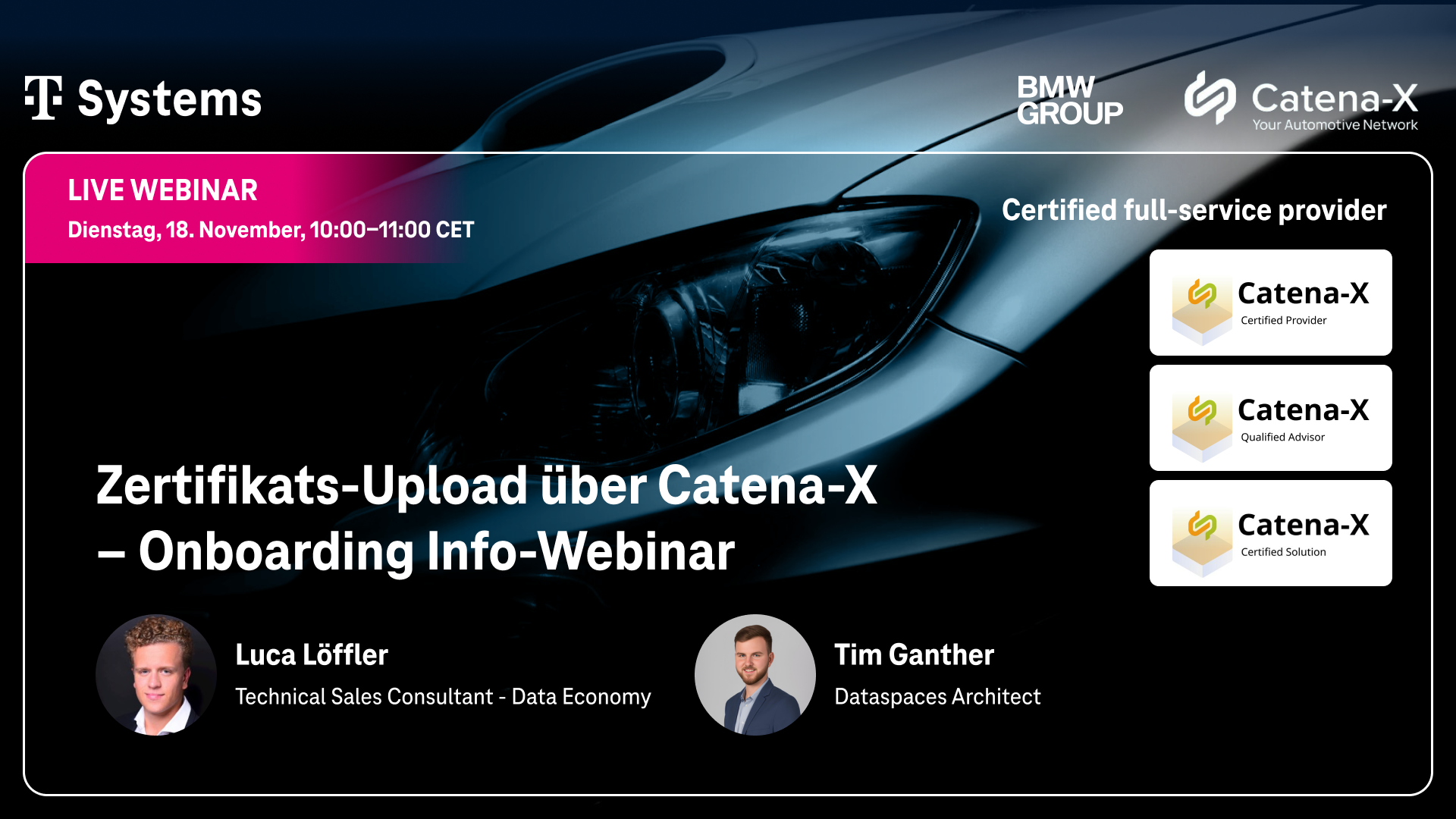Adaptability
Glossary Page
This term refers to the ability of a system to perform a specific task, which may be a production step or operation. The term "adaptability" describes the different ways in which a system can be modified or adjusted to perform a task. There are three main types of adaptability: Reconfiguration: This involves activating a known production module or switching to a different tool to execute a task that has been executed before. In modular production systems, this may involve integrating a temporarily deactivated module or enabling plug and play capabilities. Adaptation: This refers to the ability of a system to perform a task that it has not performed before, but has the physical capability to do so. A solution must be found, often through a problem-solving or learning algorithm, that enables the system to execute the task. Adaptation with system extension: If the system does not have the physical capabilities to perform a task or lacks sufficient capability, an extension of the system may be necessary. This may involve adding a new module or enabling new capabilities through new tooling. It is important to distinguish between the different types of adaptation capabilities, as the scope of the adaptations and the tools required to achieve them vary widely.
Catena-X Automotive Network e.V.
Latest Webinars
Latest Articles
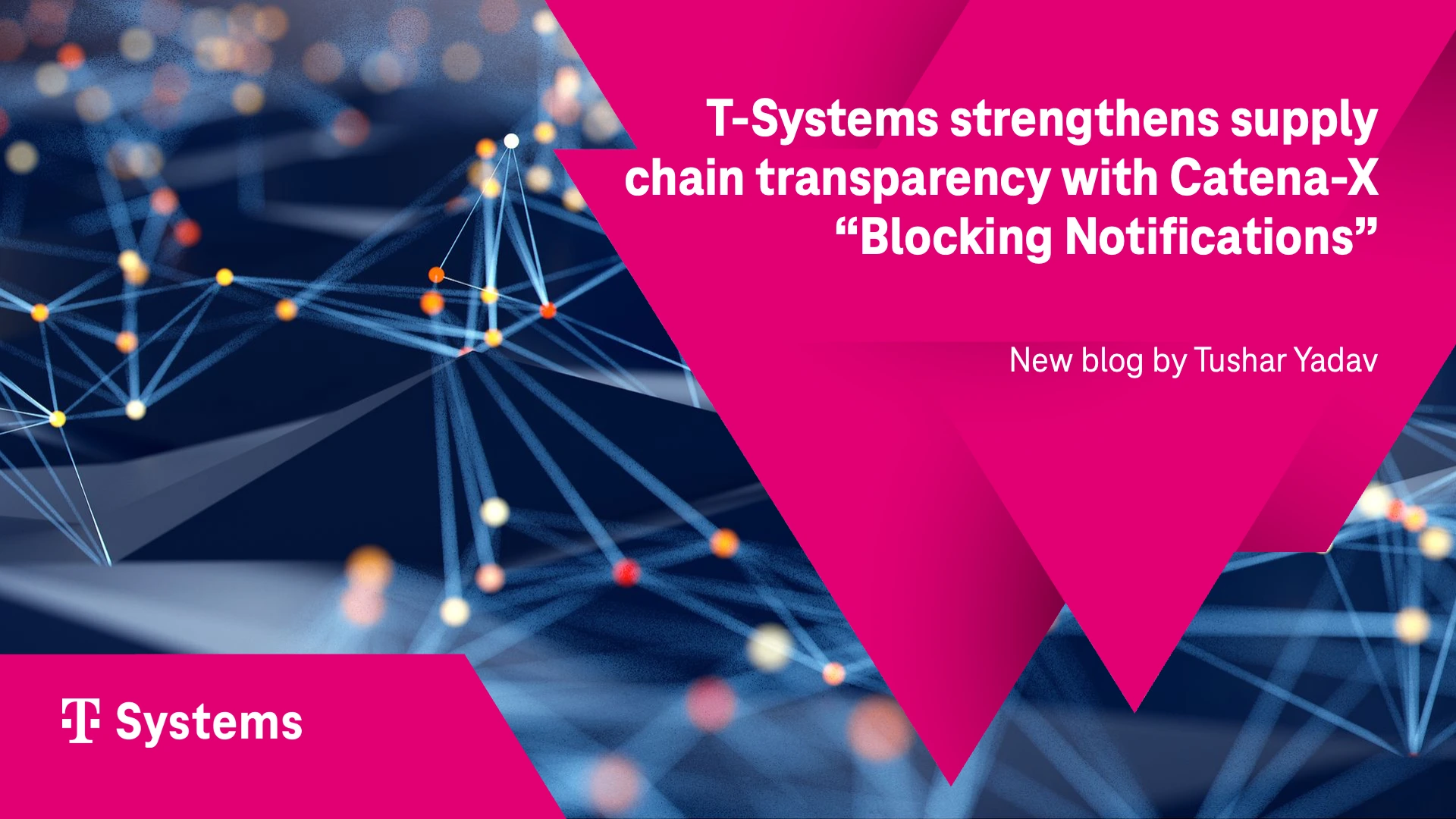
T-Systems strengthens supply chain transparency with Catena-X “Blocking Notifications”
The Catena-X Blocking Notifications use case enables suppliers and OEMs to instantly flag quality or compliance issues across the automotive value chain. With T-Systems’ Connect & Integrate solution, companies can seamlessly onboard, exchange standardized messages, and collaborate in real time to prevent disruptions, increase transparency, and strengthen supply chain resilience. This streamlined, no-code approach empowers organizations to activate Catena-X use cases quickly and focus on delivering quality and operational excellence.
Read more

Tushar Yadav
Nov 17, 2025
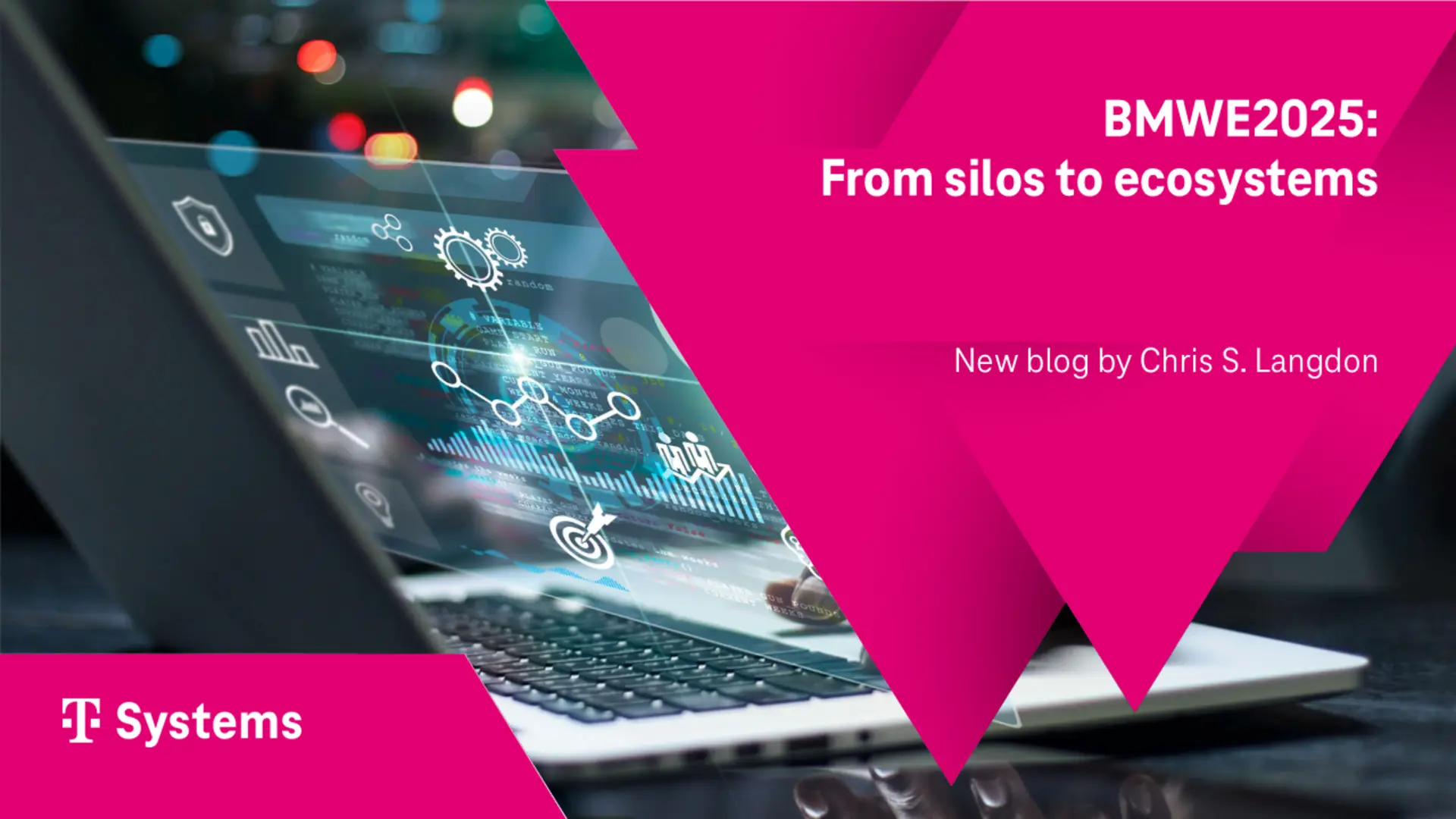
BMWE2025: From silos to ecosystems
The Federal Ministry for Economic Affairs and Energy’s conference “From Silos to Ecosystems – Creating Europe’s Digital Momentum” (Berlin, 5–6 Nov 2025) highlighted Europe’s unique opportunity to lead in industrial data ecosystems powered by dataspace technology. While Europe may not compete at scale in general-purpose foundation models, it holds a strategic advantage in sovereign, cross-industry data sharing. Keynotes and panels emphasized the urgency of data readiness, with Oliver Ganser (BMW, Catena‑X) calling for accelerated adoption to maintain Europe’s lead. Practical workshops showcased initiatives such as Manufacturing‑X, Industrial AI, and the IPCEI on Cloud Infrastructure and Services, while RoX demonstrated early prototypes for AI‑based robotics dataspaces. The event underscored that Europe’s digital momentum will hinge on scaling industrial ecosystems, anchoring them in local clusters, and expanding across supply chains to unlock new growth opportunities.
Read more

Chris S. Langdon
Nov 10, 2025
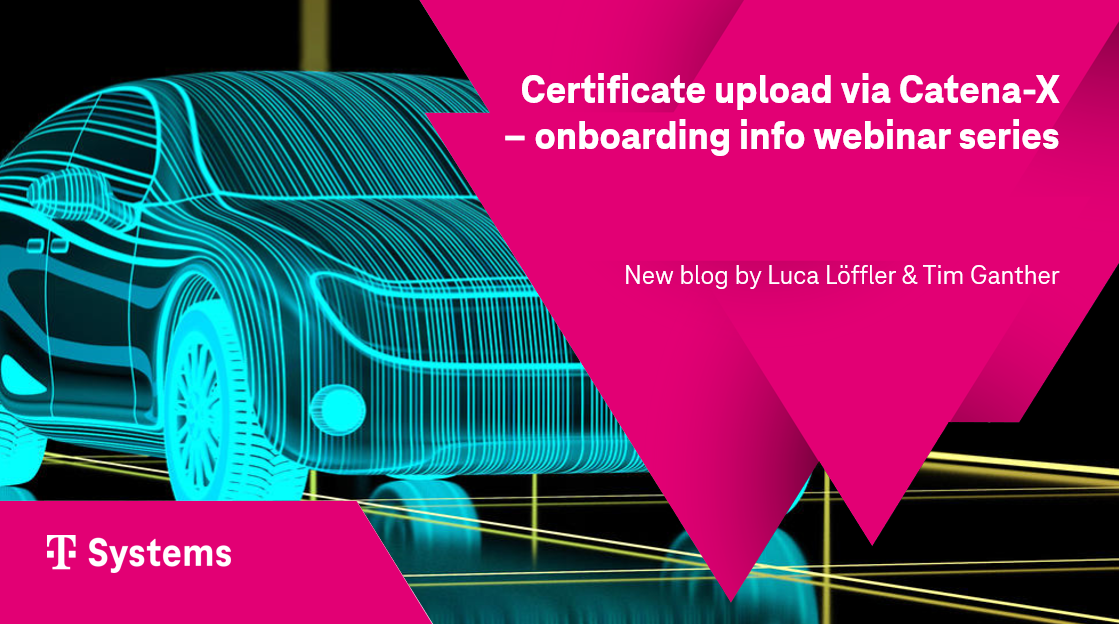
Certificate upload via Catena-X – onboarding info webinar series
BMW is introducing Catena‑X Certificate Management (CCM) as the new standard for exchanging compliance certificates such as AEO/CTPAT, IATF 16949, and ISO 9001. To help suppliers transition smoothly, BMW and T‑Systems International GmbH are offering orientation webinars that explain the CCM use case, outline BMW’s expectations, and demonstrate the registration and upload process. Each session includes a live demo and Q&A, with webinars available in both English and German. Recordings of past sessions are also provided, ensuring suppliers can access the information at their convenience.
Read more


Luca Löffler, Tim Ganther
Oct 27, 2025


